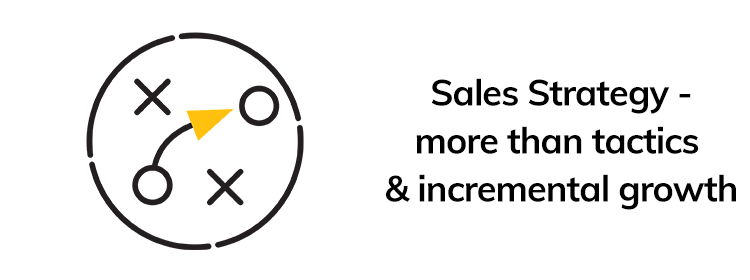
Corporate, business, and marketing strategies are often too broad, or too focused on either financial or brand results only as to offer any clear direction to a sales team. Which means the support, focus, direction, standards, and mission of a sales operation is often reduced to little more than generating more business at better margins.


New Article Email Notification